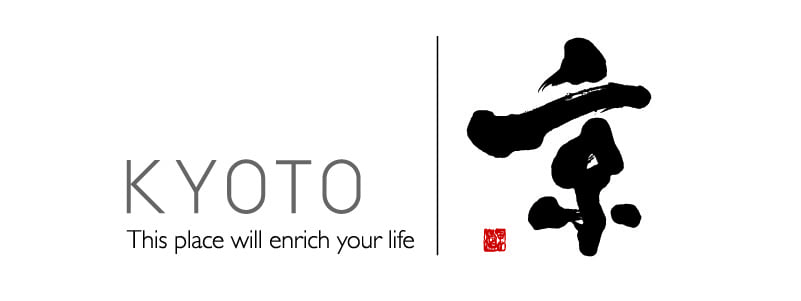Term archive

投稿タイプ:pamphlets
Discover your own KYOTO

投稿タイプ:column
Buddhist Statues to Architecture: Great Cultural Spots in Otokuni
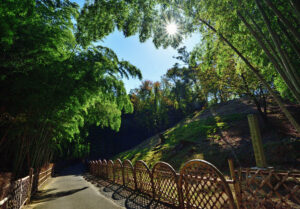
投稿タイプ:sightseeing
Terado Otsuka Tomb
This is a tomb that was built in the early Kofun period (4th century AD). It is about 95m in length and is shaped like a keyhole. It is also one of the five tombs of the Otokuni region located in Muko City.
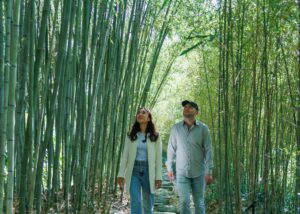
投稿タイプ:sightseeing
Kyoto City Rakusai Bamboo Park
This is an establishment that primarily deals with bamboo, which is rarely done even on a global level.
Here, you can find a bamboo museum, a children's plaza, and an ecological garden where various bamboo and bamboo grass are planted. In addition, there are also historical stone Buddhist statues in the garden.
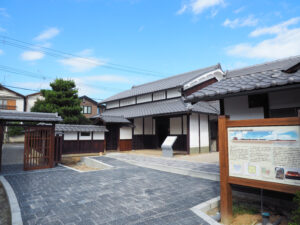
投稿タイプ:sightseeing
Former Ueda Family Residence
Built in 1910, this is an old family home that is located on the historic site of Nagaoka-kyo, which is a former capital of Japan. The residence is preserved in the state it was built in over 100 years ago, which allows visitors to see what a traditional farmhouse looked like at the time.
The building is registered as a Tangible Cultural Property of Japan.
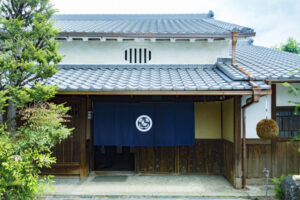
投稿タイプ:sightseeing
Nakano-tei Obanzai & Sake
This is a restaurant that was renovated from the Nakano family residence, which is a registered Tangible Cultural Property of Japan. Here, you can enjoy dishes that are made with special care in the "soup stock,” along with some liquor.
The establishment is run by an organization that supports the workplaces of people with disabilities.

投稿タイプ:column
Kyoto Otokuni Cycling Route: Cycling in the Western Kyoto Otokuni Bamboo Grove Area

投稿タイプ:pamphlets
TRAVEL GUIDE KYOTO ~Discover your own Kyoto~

投稿タイプ:column
Mt. Tennozan: A Historic Hike on the Edge of Kyoto

投稿タイプ:column
Suburban Hospitality: Immersive homestyle stays in Kyoto

投稿タイプ:column
Beautiful blossoms: Kyoto’s most stunning seasonal flowers and where to admire them

投稿タイプ:pamphlets
